Search Images
Browse Content (p. 1089)
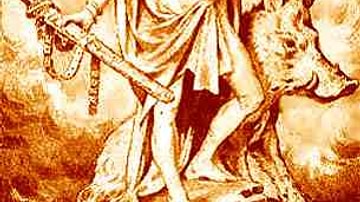
Image
Freyr
Norse god Freyr, here shown alongside the boar – one of his attributes – named Gullinborsti as per Icelandic mythographer Snorri Sturluson (1179-1241). Artwork by Jacques Reich (1852-1923).
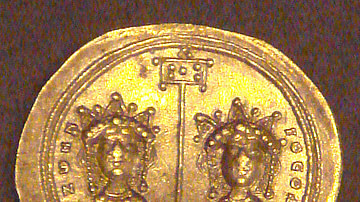
Image
Gold Coin Depicting Zoe and Theodora
Byzantine gold solidus, depicting co-rulers Empress Zoe and her sister Empress Theodora (r. Apr-Jun 1042 CE), from 1042 CE.
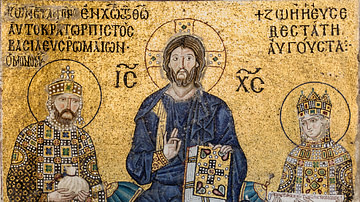
Image
Constantine IX & Empress Zoe
An 11th century CE gold and glass mosaic in the Hagia Sophia of Constantinople depicting Constantine IX Monomachos (r. 1042-1055 CE), Jesus Christ and Empress Zoe (r. 1028-1050 CE).
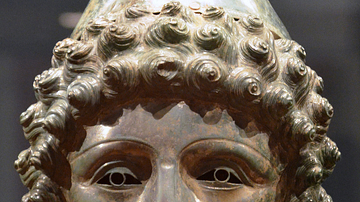
Image
Crosby Garrett Helmet
The Crosby Garrett Helmet, a copper alloy Roman cavalry helmet dating from the 1st half of 3rd century AD, found by an unnamed metal detectorist near Crosby Garrett in Cumbria in May 2010. This photo was taken on the occasion of the Hadrian’s...
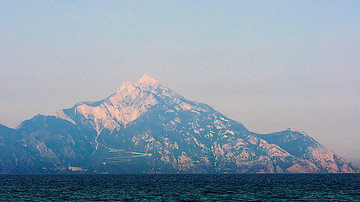
Image
Mount Athos
Mount Athos in northeastern Greece, home of 20 monasteries, the first of which was built probably in the 9th century CE.
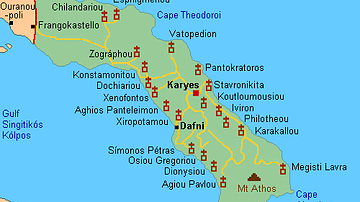
Image
Map of Mount Athos Monasteries
A map of the monasteries on the Mount Athos peninsula, northern Greece. The first monastery was founded probably in the 9th century CE.
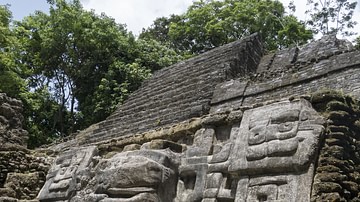
Image
Maya Temple, Lamanai
Mask Temple, Lamanai, Orange Walk District, Belize
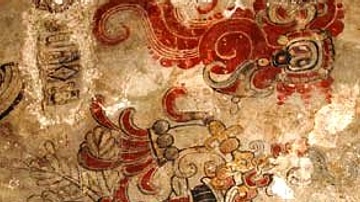
Image
San Bartolo Mural
Mural fragment in San Bartolo, Guatemala, rediscovered 2003 CE, presented at the Palacio Nacional de La Cultura, May 2006 CE. Preclassic Maya art.
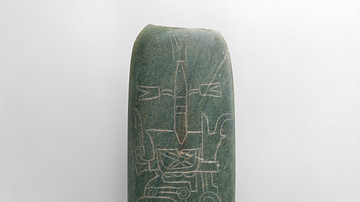
Image
Olmec Celtiform Ax
Jadeite celt, 10-4th century BCE, Mexico, Mesoamerica Metropolitan Museum of Art About 1000 BCE, celts-elongated, elliptical ground stone tools-would acquire meaning beyond their workaday function. When made of greenstones such as the...
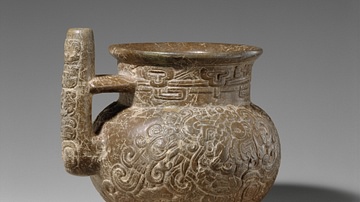
Image
Maya Spouted Jar
This spouted vessel is one of the most elegantly sculpted stone containers in the corpus of Maya art. Its form with the vertical spout parallel to the central axis of the main chamber is known from the late 1st millennium B.C. and is especially...